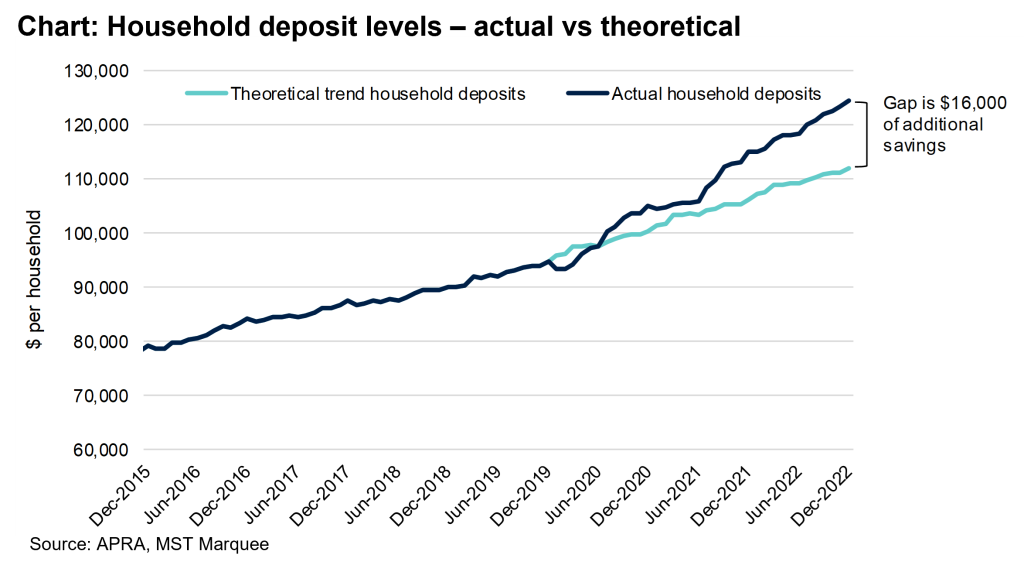Toggle intro on/off
Elevated household deposits support consumer spending
Data from the banking regulator
07 February 2023
Retail forecasts for 2023
Brace for impact this year
11 January 2023
National accounts for Sept ’22 quarter
Income slowdown begins
07 December 2022
National accounts for June ’22 quarter
Income growth accelerating
08 September 2022
Australian national accounts for March 2022 quarter
Sizing the financial buffer for consumers
01 June 2022
Australian national accounts for December 2021 quarter
A picture of health
02 March 2022
Australian national accounts for September 2021 quarter
Higher income, lower spending
01 December 2021
Search result for "" — 386 articles found
Not already a member?
Join now to get all the latest reports in full and stay informed.

